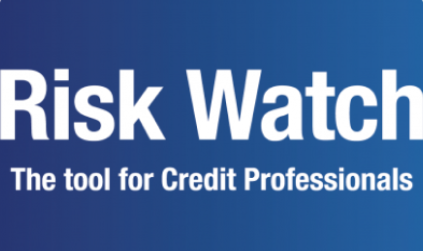Intangible Assets and their impact on valuations Part 5.
Share
There are several methods available to value intangible assets, however, there is no perfect method for doing so, especially as it can often be difficult to isolate the effect on a company’s profits of a single intangible asset.
The three preferred methods of valuing intangible assets are:
- Comparable sales of other intangibles;
- Net Present Value of marginal cash-flows originating from the intangible asset;
- Relief from Royalties method
Comparable sales
It is not always possible to locate a comparable sale of a similar asset. Whilst this might be possible for rent rolls or certain contracts, if the asset in question is a brand or a patent, then it is by its very nature unique, and a similar asset (if one can be found) may not be directly comparable.
Net Present Value of marginal cash flows
Whilst the Net Present Value of marginal cash-flows is a reliable method of valuation, it requires that the cash-flows arising from the asset can be accurately measured. For instance, if we were attempting to value the brand of a fast-food restaurant franchise, that had profits of $100,000 higher than a comparable non-franchise outlet, how much of those profits can be attributed to the brand versus other considerations such as:
- The relative advertising budget of each business;
- The location of each business;
- The quality of management at each business; and
- The percentages of costs against income generated.
Relief From Royalties method
The Relief from Royalties method involves calculating how much the company would have to pay to use an intangible asset if it were owned by a third party, after accounting for all of the costs that come with maintaining the asset (such as advertising, if the asset is a brand).
However, this data is rarely fully available and without direct comparisons, it can be difficult to benchmark, plus licences usually incorporate geographical protections which is another type of intangible asset.
Key takeaways
Valuing intangibles is usually more difficult than valuing tangible assets and often requires significant application of judgement. But by using these methods, a seasoned valuation expert can calculate a defensible fair market value of intangible assets.






